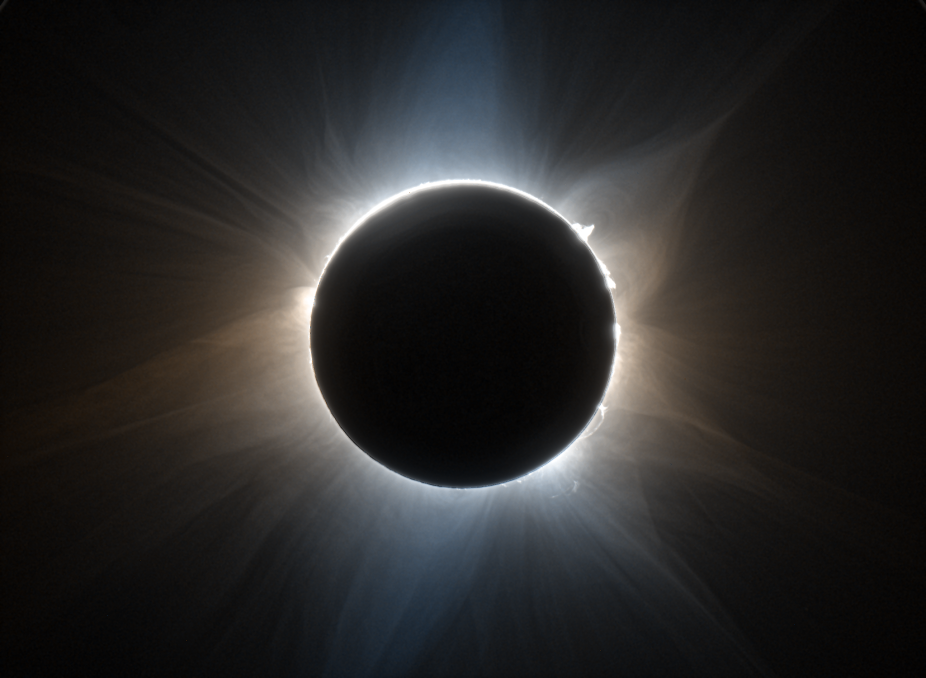Longmont Museum - Total Solar Eclipses

Dan Seaton, SwRI/Citizen CATE 2024
7:00 – 9:00 pm MDT
“Don’t look straight at it!” is the usual advice given about our Sun, but scientists do exactly that when studying the solar corona during total solar eclipses. Dr. Paul Bryans will give a history of the efforts around observing the solar corona under eclipse conditions to unlock how the Sun affects life on Earth, how those studies can advance science and how NCAR will be researching the eclipse in 2024, all while offering advice on how to make the most of your own personal eclipse experience.
Paul Bryans
Dr. Paul Bryans is a Project Scientist I at the High Altitude Observatory of the National Center for Atmospheric Research. He received his PhD on the spectral emission of non-Maxwellian plasmas from the University of Strathclyde in the UK in 2005. He has since worked as a Postdoctoral Research Scientist at Columbia University, a Research Associate Professor at George Mason University, and as a Support Scientist at NASA Goddard Space Flight Center. He joined HAO in 2014.
Paul has a background in atomic physics and the spectral emission from astrophysical plasmas. His research focuses on dynamic events in the solar atmosphere. In particular, on how mass and energy is transported from the lower atmosphere to the solar corona. This research uses observational data from many space-based solar observing instruments. He is currently a member of the Interface Region Imaging Spectrograph (IRIS) science team. In addition to solar research, Paul has also conducted research in the fields of supernova remnants, molecular clouds, and comets.